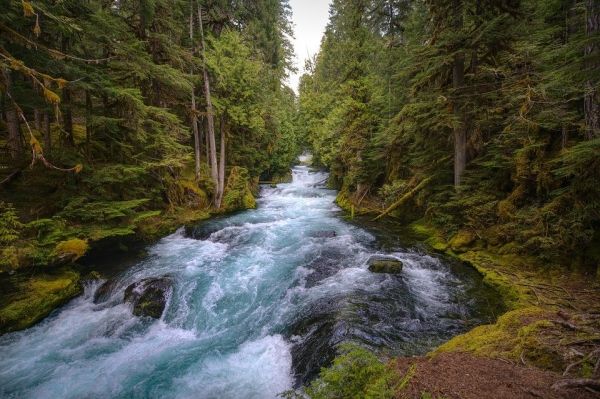New science about the fate of freshwater ecosystems released today by the journal Sustainability finds that only 17 percent of rivers globally are both free-flowing and within protected areas, leaving many of these highly-threatened systems—and the species that rely on them —at risk.
“Populations of freshwater species have already declined by 84 percent on average since 1970, with degradation of rivers a leading cause of this decline. As a critical food source for hundreds of millions of people, we need to reverse this trend,” said Ian Harrison, freshwater specialist at Conservation International, adjunct professor at Northern Arizona University and co-editor of the journal issue.
As the world looks to establish new conservation targets at the UN Convention on Biological Diversity meeting later this year, scientists are calling on policymakers to prioritize increasing protection of freshwater ecosystems and species and to better integrate land and water conservation.
Free-flowing rivers and other naturally functioning freshwater ecosystems sustain biodiversity and the food supply chain, drinking water, economies and cultures for billions of people worldwide. Therefore, their protection is critical to sustain these values,” said Jonathan Higgins, senior freshwater science advisor at The Nature Conservancy.
Read more at Northern Arizona University
Photo Credit: HardebeckMedia via Pixabay


